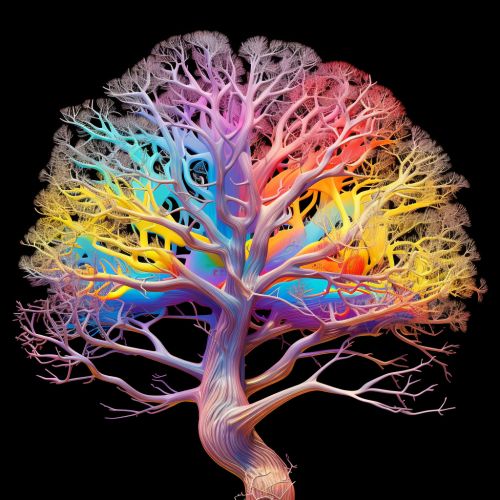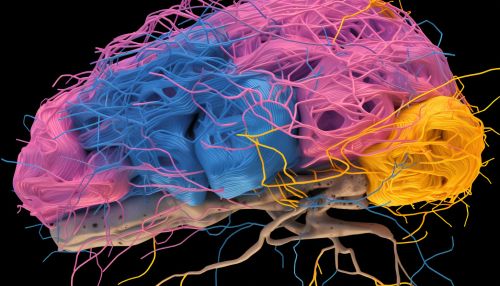Somatosensory cortex
Anatomy and Location
The somatosensory cortex is a part of the brain that processes sensory information from the body. It is located in the parietal lobe, which is situated at the top of the brain. The somatosensory cortex is divided into two primary areas: the primary somatosensory cortex (S1) and the secondary somatosensory cortex (S2). The S1 is further divided into four areas: Brodmann areas 3a, 3b, 1, and 2. Each of these areas has a specific function in processing different types of somatosensory information.


Function
The somatosensory cortex plays a critical role in our ability to process sensory information from our bodies. This includes touch, temperature, pain, and proprioception (the sense of body position). The somatosensory cortex is responsible for interpreting these sensations and creating our perception of physical reality.
Primary Somatosensory Cortex (S1)
The primary somatosensory cortex (S1) is the main recipient of tactile and proprioceptive inputs from the body. It is organized in a somatotopic manner, meaning that specific areas of the S1 correspond to specific parts of the body. This organization is often represented as a sensory homunculus, a distorted representation of the body based on the relative space that each body part occupies in the S1.
Secondary Somatosensory Cortex (S2)
The secondary somatosensory cortex (S2) is involved in the processing and interpretation of complex stimuli. This includes the integration of information from both sides of the body and the processing of sensory information in the context of other sensory inputs. The S2 is also involved in the perception of object shape, size, and texture.
Clinical Significance
Damage to the somatosensory cortex can result in a variety of sensory deficits, including loss of touch, temperature sensation, pain perception, and proprioception. Conditions such as stroke, tumor, or traumatic brain injury can cause such damage. In addition, certain neurological disorders, such as multiple sclerosis, can affect the somatosensory cortex and lead to sensory disturbances.
Research and Future Directions
Research on the somatosensory cortex continues to uncover new insights into its structure, function, and role in disease. Recent studies have explored the role of the somatosensory cortex in pain perception, the integration of sensory inputs, and the development of new therapeutic approaches for sensory disorders.
